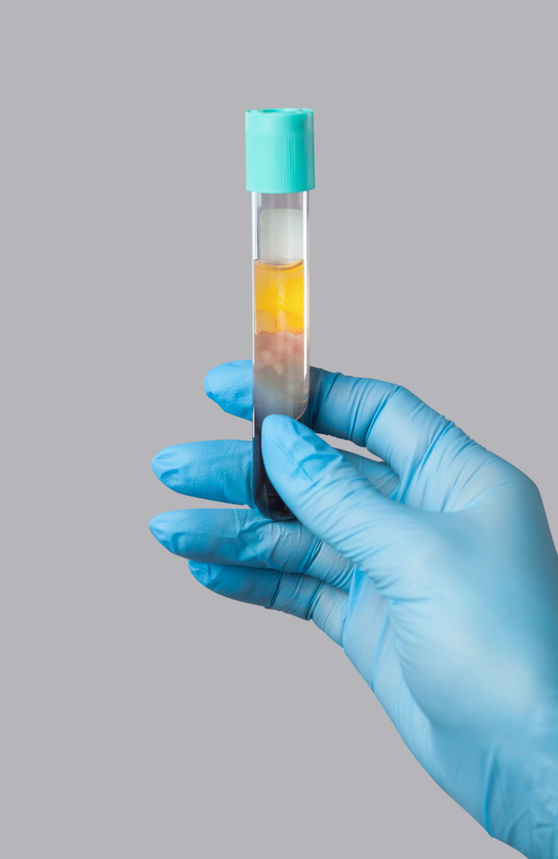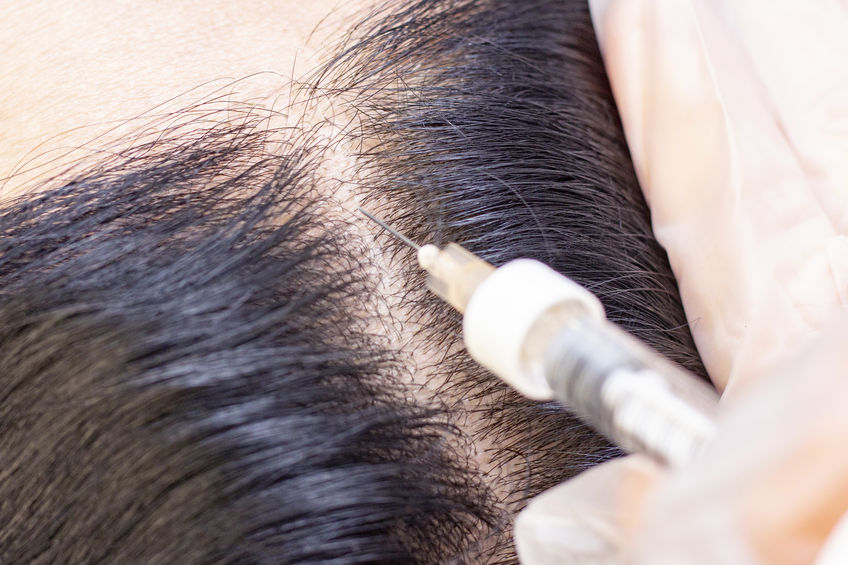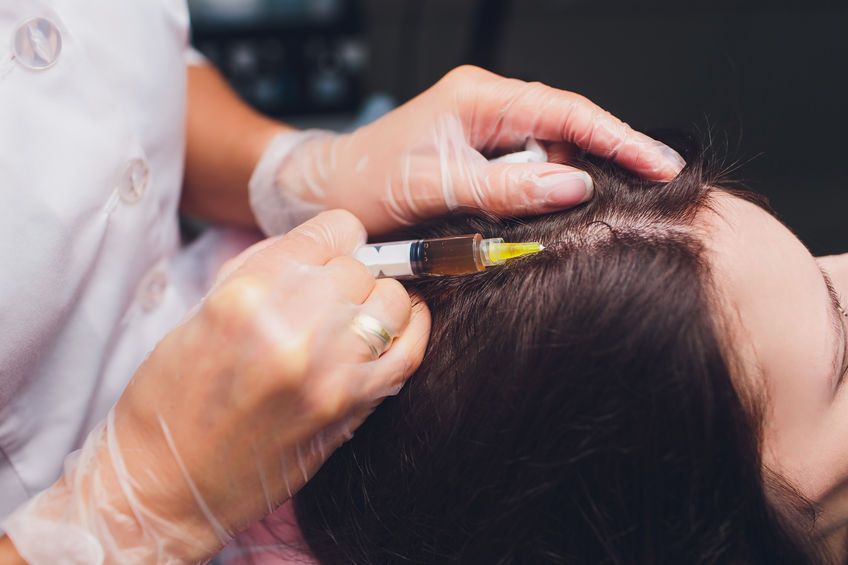PRP for Hair Loss
Studies on platelet-rich plasma and the use of PRP injections to remedy hair loss is relatively new to the world of dermatology. While clinical studies have been carried out for several years and have suggested that PRP therapy is effective with different growth factors, many dermatologists have only recently begun to try it in their practices. Because of this, not much is known about the PRP treatment unless you do some deep research into the topic.
Common Questions and Answers to PRP for hair restoration:
- What PRP therapy is/how it is done/how it works
- Who benefits from the procedure?
- The recovery period post-treatment
- What you can and cannot do before PRP injections of platelets
- What you can and cannot do after the injections
- PRP Therapy
- PRP stands for “platelet-rich plasma.” Platelet-rich plasma therapy uses the best rich plasma your blood has to offer because it heals injuries faster, encourages growth factors, and also increases levels of collagen and stem cells—these are naturally produced in the body to keep you looking young and fresh. In this case, those growth factors are used to help regrow thinning hair.
How the Procedure is done
PRP injections are done in three steps:
To carry out the therapy, your own blood is drawn, likely from your arm.
That blood is then placed into a centrifuge to spin down into three layers: plasma rich in platelets, platelet-poor plasma, and red blood cells. The PRP will be used, and the rest will be disposed of.
That PRP is then injected into your scalp with a syringe after a local anesthetic has been applied or nerve block has been done if needed based on size of area to be injected.
Who Can Benefit from PRP Injections?
PRP injections can benefit a wider range of people than you may have initially thought. These plasma injections are platelet rich and can potentially help the following groups:
Both men and women. Male balding and hair thinning is talked about extensively, but women do not often get the same benefit of widespread information. The fact is that women can lose hair, too, due to several different factors.
Those suffering from androgenic alopecia or other forms of alopecia. This is also known as male/female pattern baldness. It is a hereditary condition that affects around 80 million people in the United States alone.
A sizeable age range of people. Many successful clinical trials have been tested with people ranging from 18 to 72 years of age.
Those suffering from hair loss due to high stress levels. Since this condition is not chronic, it can be treated rather easily.
Those who have recently experienced hair loss. The more recent the hair loss occurred, the better your chances are of fixing it before it is too late for PRP injections.
Those with thinning or balding hair, but not completely bald people. PRP injections are meant to thicken, strengthen, and grow hair from follicles that are still functioning, however weakly this may seem.
Dos and Don’ts for PRP Injections
There are certain actions that you should take before and after the procedure is carried out. The same is true for things that you should not do if you want to see results and minimize the chances of experiencing negative side effects.
Pre-Procedure Dos
Avoid NSAIDs such as ibuprofen, Aleve, Advil 3 days before and 10 days after. Avoid aspirin 7 days before, ask your doctor if changes need to be made if you take baby aspirin for your heart daily.
If you are on other prescription blood thinners it most probably not a good idea for you to try PRP for hair loss.
Shampoo and condition your hair before the procedure. This way, it is clean and free from grease and dirt particles. It provides a sterile environment on your scalp before the injections.
Eat a healthy breakfast and drink at least 16 ounces of water. This way, you will not likely experience dizziness, fainting, or nausea. Remember, blood will be drawn. If having that done on an empty stomach makes you queasy, you probably should remedy that before going.
Post-Procedure Dos
Resume your normal activities. PRP injections should not incapacitate or inconvenience you in any way. Unlike other procedures, you should not experience drowsiness or fatigue.
Wash your hair on your normal schedule unless the site of the injections is especially irritated or painful.
Pre-Procedure Don’ts
Do not use any hair products like hairspray or gel for at least three days prior to your PRP injections. This can negatively affect you later in terms of side effects.
Do not smoke or drink heavily beforehand, if at all. This could disqualify you from the procedure, as your platelet count will be lowered significantly.
Don’t color your hair or get a perm for at least 72 hours after the PRP injections. The harsh chemicals will irritate the site of the injections and possibly cause complications. It also exacerbates scalp pain.
Do not have a scalp massage for at least 24 hours after.
Avoid public water access such as swimming in lakes, ponds, or ocean for 24 hours after.
The Recovery Period after PRP Injections
Every procedure has a recovery period. While yours will not prevent you from doing most normal activities, the side effects and pain in the scalp will abate usually after three to four weeks. It should be completely gone after three to six months.
The Side Effects Post-PRP
You need to know that you may be at risk for some negative side effects following PRP injections. While most of these are not serious, you should consult your provider if they persist or worsen.
Dizziness
Nausea
Scalp pain
Irritation during the healing process
Scar tissue at the injection site
Injury to blood vessels
Injury to nerves
How Effective Is the PRP Procedure?
While case studies have proven patient satisfaction with PRP injections in the past, it is not quite as beneficial to all people.
For example, people with chronic diseases and thyroid imbalances may not see results over time. This is because cosmetic surgery will not fix the underlying issues. The hair will continue to fall out no matter what. In these cases, other treatments may be more effective, some not even being dermatological. In cases of thyroid disease, oral medications may resolve the issue instead.
Will Insurance Cover PRP Injections?
PRP injections are not typically considered medically necessary and particularly for hair loss are not covered by insurance. Therefore, you may be paying out of pocket for these treatments.
Depending on where you go, injections can reach several thousand dollars per every 3-4 injections. The maintenance costs will be about the same and they should be done every four to six months.
Better Health Care is Our Mission
Same Day Appointments are Available.



